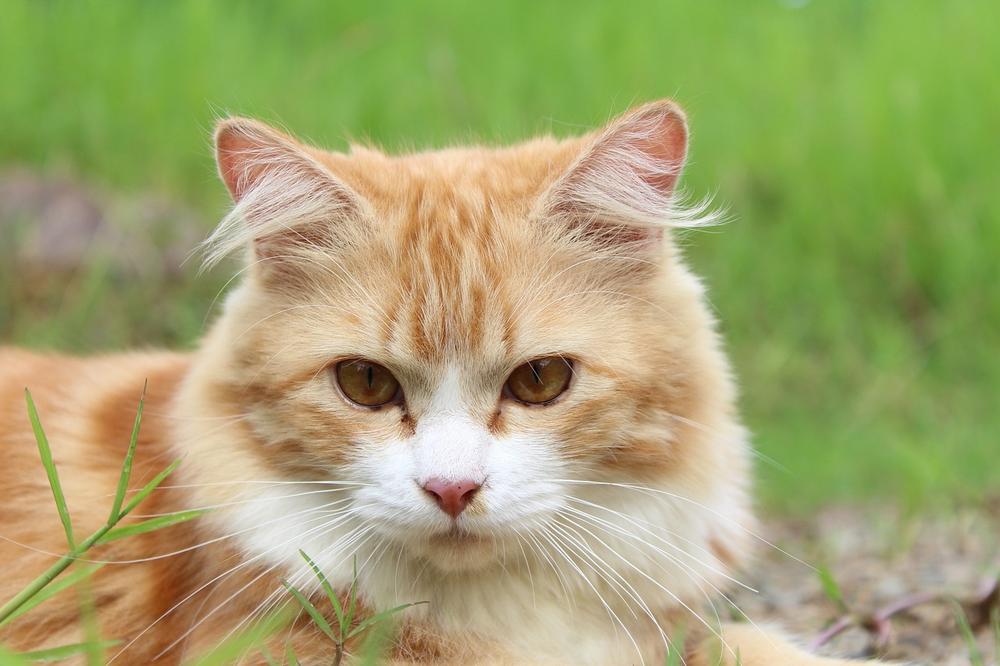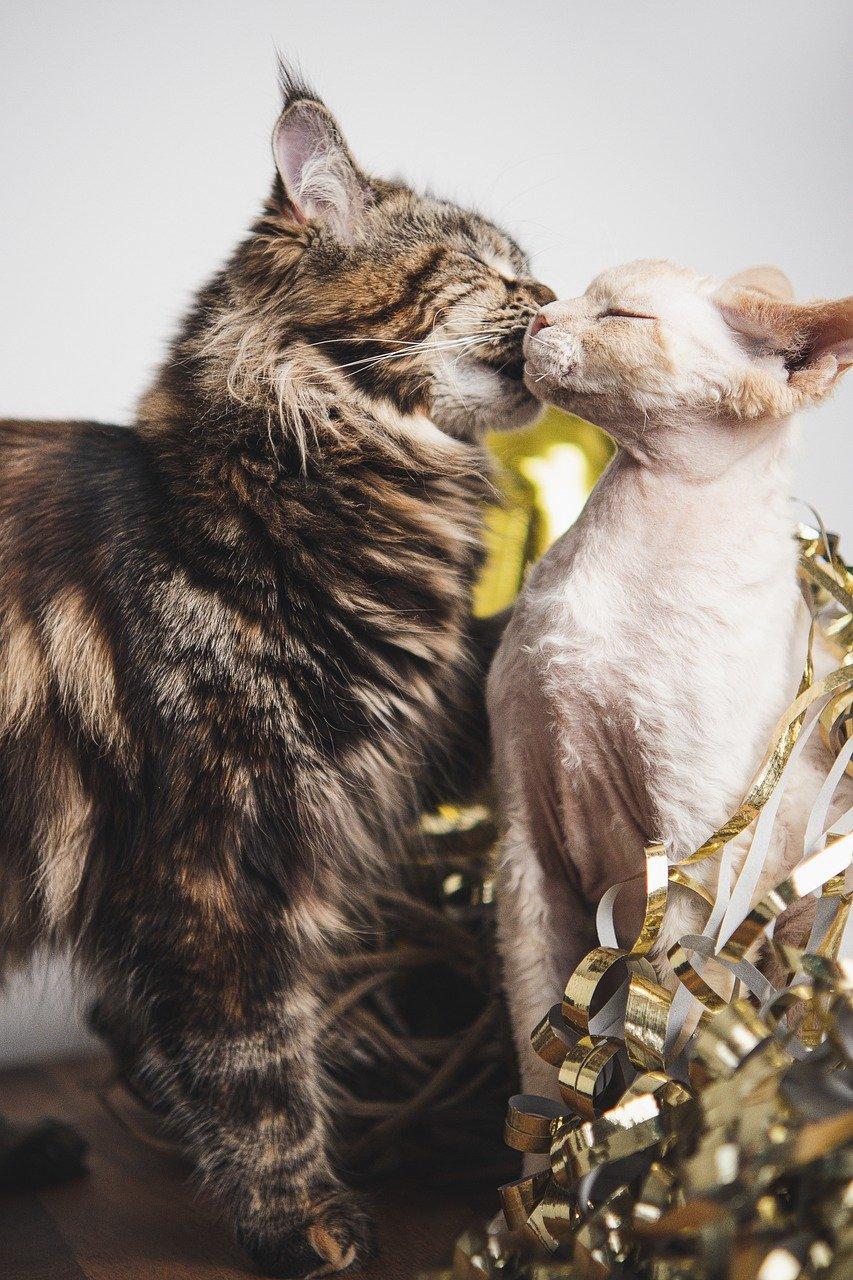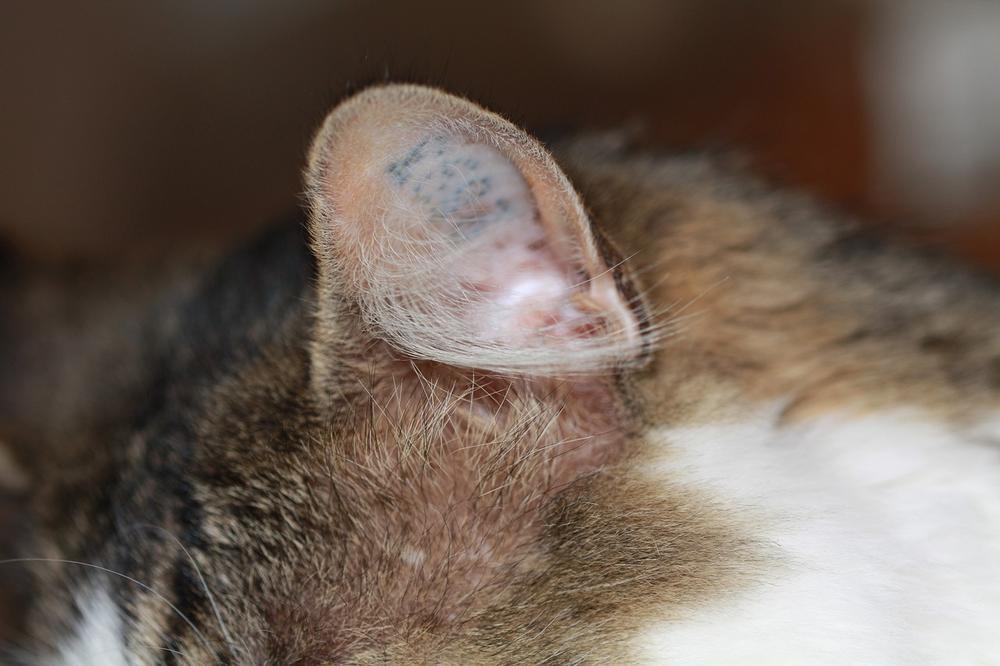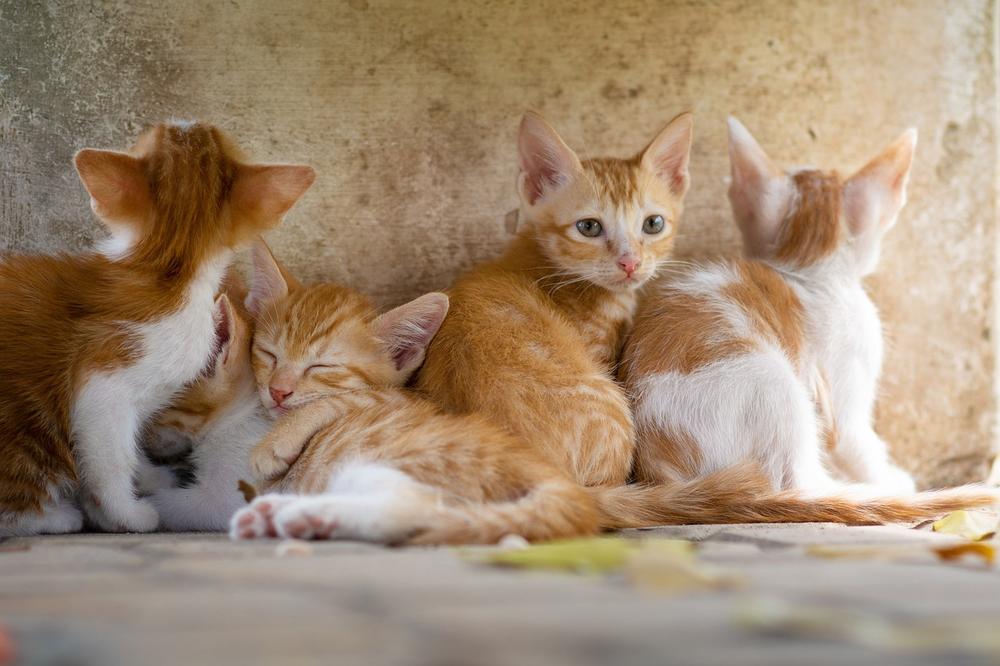Are Your Cats Playing or Fighting? How to Tell the Difference

Picture this:
You're sitting in your living room, watching your cats go at it.
Are they just playing around or is it turning into a full-blown cat fight?
The worry in your heart grows. 😟
Keep reading, my friend.
I've got the answers you need.
Signs Your Cats Are Playing
Determining if cats are playing or being aggressive can be tricky. But there are signs that show they're just playing:
- If one cat chases the other, or even objects like strings or toys, it's all play.
- When they lightly bat and swat each other without causing harm, that's playful too.
- Playful nibbling or gentle biting during a play fight is not meant to hurt.
- Play fights between cats usually end peacefully without any tension or aggression.
During playtime, watch for these behaviors too:
- Staring
- Pouncing
- Chasing
- Grabbing
- Wrestling
- Bunny kicking
However, please keep in mind that some cats may show play behaviors less linked to aggression, like:
- Rearing up on hind legs
- Side stepping
- Hopping
Knowing these signs and behaviors will help you figure out if your cats are playing or being aggressive. 😺
Main points I'll expand upon further down this article:
- Active aggression occurs when a cat feels threatened and unable to escape.
- Hissing is a serious sign of fear, threat, or distress.
- Grooming before fighting may indicate play, but caution is necessary.
- Sharing food bowls or sleeping separately doesn't always imply a positive relationship.
- Cats from the same kin can fight despite having a bond.
- Aggression signs include tense posture, flattened ears, swishing tail, and loud sounds.
- Wildly swiping paws suggests aggressive interaction.
- Vocalization and chasing between periods of inactivity indicate fighting rather than playing.
- Use noise deterrents, separation, or throwing a towel to prevent fights.
- Seeking help from a cat behavior expert can prevent aggression problems.
And it gets worse...

Some behaviors that may seem harmless during playtime can actually indicate aggression.
Let's dive deeper into the signs of aggression in cats to ensure you can accurately distinguish between play and potential danger...
Signs Your Cats Are Fighting
Hisses and growls mean trouble
Do you know what, my friend?
Cats are mysterious creatures, aren't they?
Sometimes, they can be playful furballs.
But other times, things get a little hostile.
When you hear their hisses and growls, it's not those cute meows.
It's more like a "Get outta here!" kind of sound.
Spot aggressive behaviors
Now, all hisses are not equal. Some cats might just playfully mock fight, but others...oh boy, it's time to be cautious!
If your cats show active aggression, feeling threatened and unable to escape, you need to step in.

Because remember – cats are territorial animals.
And fierce fighting often means someone's boundary was crossed.
Look for other signs too, like a tense posture, flattened ears, or a swishing tail. These cues will tell you that things are definitely not nice anymore.
Pay attention to vocalization and chasing
Listen up, because this is important:
When cats vocalize and chase between periods of inactivity, that's trouble brewing.
You see, cats may engage in a chase-and-pounce game as part of play. But when it becomes a regular thing with vocalizations involved, it's likely turned into full-on fighting.
So, keep an eye out for wild swiping paws and aggressive behaviors, like threatening, aggression, and submission. These tell you that things have gone from playful to downright frisky (and not in a good way).
Now that you know the signs of cats fighting, let's explore effective strategies to prevent these negative interactions and create a harmonious environment for your feline friends.
Trust me, you won't want to miss out on these essential tips!
What to Do if Your Cats Are Fighting
If your cats are fighting, here are some practical tips to help you manage the situation:
- Use noise deterrents like a bell or whistle to startle the fighting cats and redirect their attention.
- Try separation by using a towel to block their line of sight or physically separate them into different rooms.
- Record their interactions and seek professional guidance to determine if they are playing or fighting.
- Instead of punishment or physical contact, redirect their focus with toys or a towel.
- Provide separate resources such as food, water, and sleeping areas to avoid conflicts over territoriality.
- Secure windows and communicate with other cat owners to prevent potential fights with outdoor cats.
- Consider strategies such as play therapy, environmental enrichment, and neutering/spaying to reduce aggression in cats.
- Make positive re-introductions and use Feliway diffusers to create a calm environment.
- Avoid noise deterrents and negative reinforcement, as they can have adverse effects on anxious cats.
- Use distraction techniques like loud noises or toys to redirect their attention during disagreements.
- Allow cats to calm down before physical contact, and use pheromone diffusers to reduce stress.
- Seek help from a cat behavior expert for specialized advice and prevention of aggressive behavior.
- When introducing new cats, observe their behavior and reinforce positive interactions gradually.
- Increase interactive playtime between cats to foster better relationships over time.
- Remember, patience is key throughout the introduction or reintroduction process.
Now you have a comprehensive list of actions to take if your cats are fighting.
Now you're armed with all the practical tips to manage cat fights.
But if you're like me, you may still have lingering questions about peculiar cat behavior.
If you've ever wondered why cats have a tendency to watch their owners while they're using the bathroom, I highly recommend checking out my article.
Discover the intriguing reasons behind this quirk in feline behavior in my blog post, Why Do Cats Watch You Poop or Pee.
Find out what cat owners like you need to know about this captivating topic.
What to Do if Your Cat Is Playing Too Rough
Is your cat playing too rough?
Here's what you can do:
- Interrupt the play by clapping your hands or making a sudden noise. This gets their attention without directly intervening.
- Engage in interactive play with your cats based on their preferences. Find toys that they enjoy and incorporate them into playtime.
- Remember, cats' bites can cause serious injuries due to bacteria in their mouths. If the play becomes too rough, redirect their focus onto toys or other appropriate objects.
- Manage their energy by spending quality playtime with the more energetic cat. This helps to burn off excess energy and reduce rough behavior.
- Provide vertical spaces and hiding spots for your cats. This creates a sense of safety and security, reducing the likelihood of aggressive behavior.
- Observe their body language during play. If their ears are flattened or their tails are puffed up, it may be a sign that they are becoming overly aggressive. In such cases, it's important to intervene and separate the cats if necessary.
Following these suggestions guarantees an enjoyable and secure playtime experience for both you and your beloved pet. 🐾
No beating around the bush: While understanding if your cat is playing or fighting is crucial, there's even more valuable information further down the blog post. Keep reading to find out about the most common causes of feline aggression and how to address them effectively.
Decoding Feline Body Language
Cats communicate with you through their bodies and voices.

When they play, you might notice their tails moving in relaxed ways, like waving or curling at the tip.
To understand what your cat is telling you, pay attention to its face, ears, tail, and pheromones.
These small signals are essential for distinguishing between playfulness and aggression. By decoding these cues, you can gain a deeper understanding of your furry friend and nurture your social connection.
Most Common Causes of Feline Aggression
When it comes to understanding why cats get aggressive, there are a few things you need to know.

Pay attention, here's the deal:
- Lack of socialization: Cats that didn't have much exposure to people and other cats when they were little can act aggressively. So, it's important to introduce them to different things early on - strangers, animals, noises, places.
- Introducing new cats: When you bring a new cat into your crew, things can get messy. They might fight over territory and get all aggressive. But don't worry, taking it slow and introducing them gradually can help ease tensions.
- Territorial spats: Cats are natural defenders of their turf and can flip out if they feel like someone's invading. To keep them calm, make sure each cat has their own food bowl, litter box, and sleeping spot. That'll avoid unnecessary conflicts.
- Sickness: Sometimes, an angry kitty could actually be in pain or discomfort. If your cat suddenly starts acting strange, best to check with a vet just in case something's up health-wise.
- Mating madness: Ladies in heat can go berserk, aggression-wise, thanks to hormones wreaking havoc. But getting your female cat spayed can help mellow her behavior by stabilizing those hormone levels.
- Genetics: Now, some kitties are simply born with a predisposition for being feisty. Dealing with their aggression might be tougher, but it's not impossible. Training, enriching their environment, and giving praise can still make a difference.
Please remember, every cat is unique, so look at their individual situation and give them the support they need. By figuring out what's causing the aggression and making sure they have a safe and comfy space, you can help them live peacefully together.
And that wraps up today's article.
If you wish to read more of my useful articles, I recommend you check out some of these: Why Does My Cat Follow Me Everywhere, Why Your Cat Grunts, Why Does My Cat Chew on Cardboard, and Why Do Cats Sneak Around
Talk soon,
-Sarah Davis